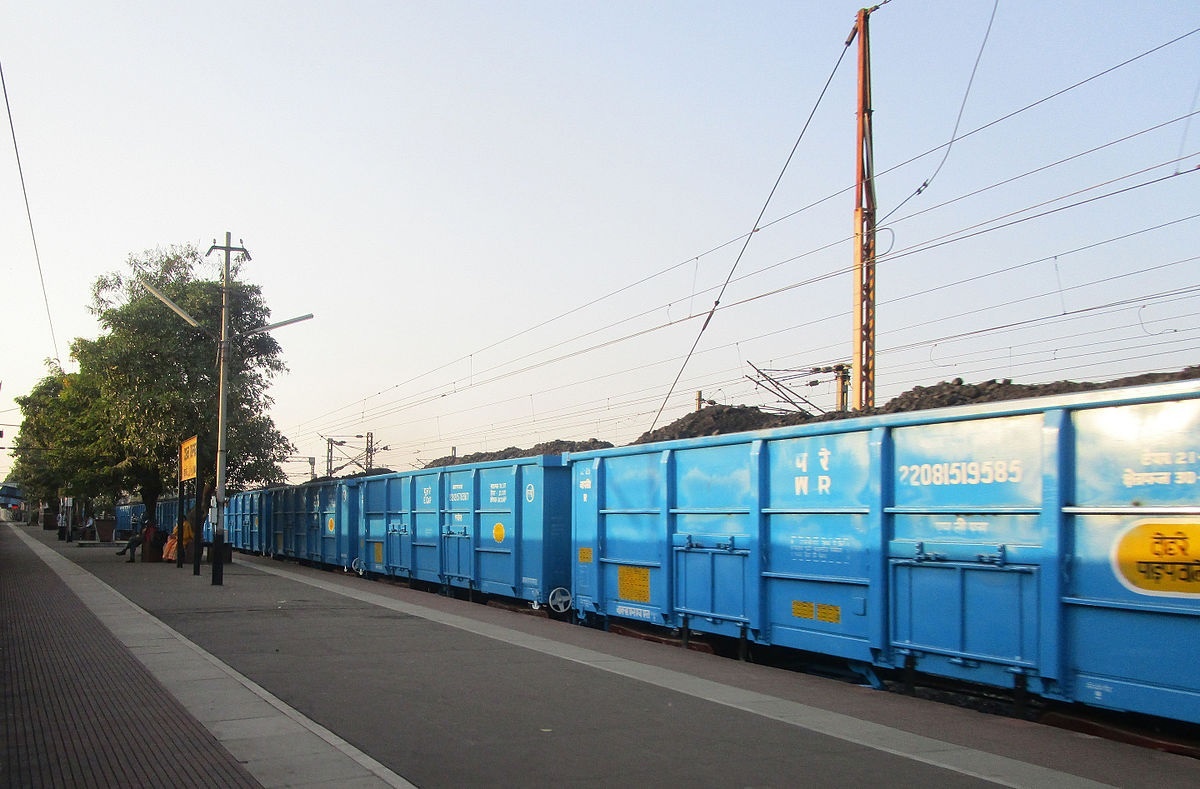
After a gap of three years, the Railways may post nearly 5 per cent growth in cargo volume this fiscal, with coal contributing a little less than half of the total volume.
During the first nine months of this fiscal, the Railways carried about 849 million tonnes cargo, registering a 4.8 per cent growth.
According to sources, January-March being the peak period, the trend may gain momentum and the Railways will finish close to the targeted volume of 1,167 mt, against last year’s total of 1,108 mt.
The volume of coal, which contributes 48-49 per cent of the total, increased 2.7 per cent; raw materials for steel plant, except iron ore, increased 6 per cent, and volume of steel cargo had shot up by a staggering 15 per cent.
Revenue grew faster than cargo volume at 8.11 per cent, presumably due to adjustments in tariff. And coal consumers were the biggest casualty as revenues from coal freight increased 10.18 per cent against less than 3 per cent volume growth.
In comparison, steel consumers are less affected. Revenue from steel raw materials, except iron ore, moved up 10.7 per cent faster than the volume growth. However, the growth of revenue from steel products is lower (10.7 per cent) than the volume growth.
Safety vs projects
Railway officials hold this year’s cargo growth as exceptional as it came on a high base and despite poor track capacity.
According to sources in the Railways, better coordination between Coal India and the Railways contributed significantly to this year’s performance.
Loading time
CIL has reduced its loading time in sidings.
To ensure faster turnaround of rakes and higher sales of coal, the Railways was asked to divert rakes to more efficient sidings.
Sources, however, point out that to ensure similar growth in despatches in the days to come, coal consumers have to invest in handling infrastructure.
Power and steel plants currently take eight to 10 hours to unload a rake as against the estimated five to six hours, slowing down the movement.
New projects
Recent slowdown in construction of new projects may also affect cargo growth in the future.
The slowdown is attributed to shift in focus on renewal of old and unsafe tracks, following a string of accidents.
New projects are suffering as rails are diverted to track renewal programmes.
